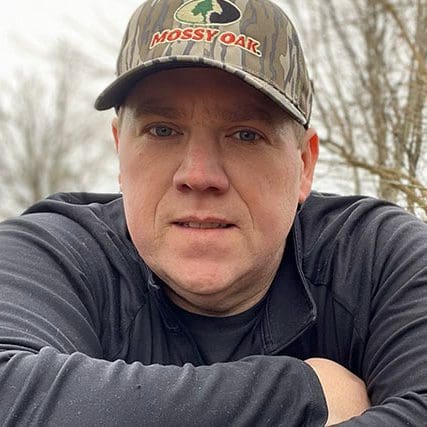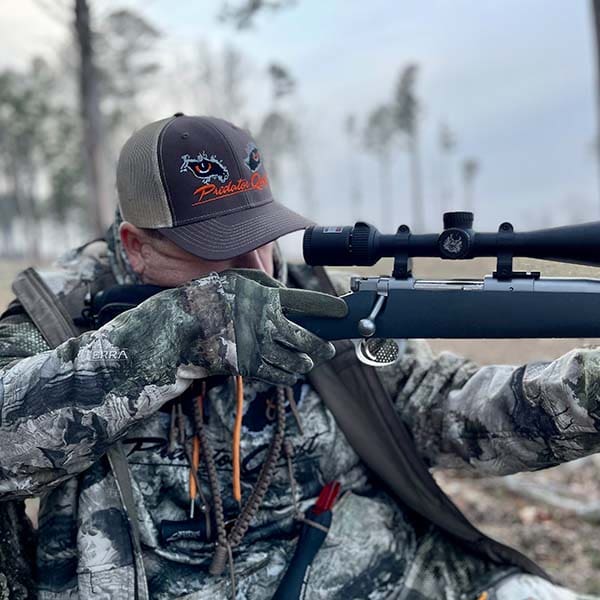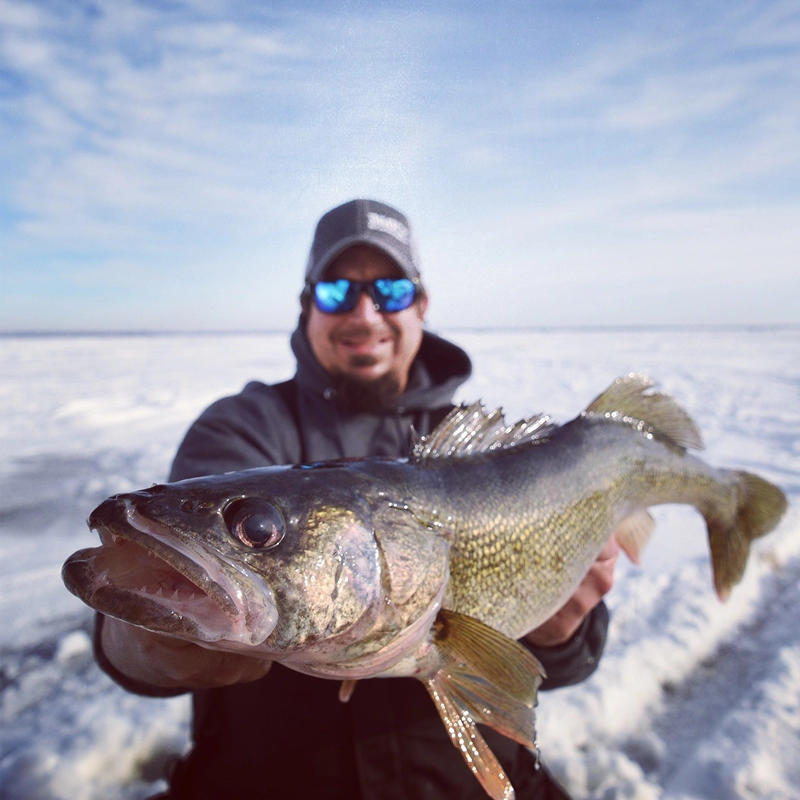
After a successful firearms deer season, I loaded up my truck with the left-over carcasses and took them to an area where I often predator hunted during the previous fall and winter. Instead of throwing away the carcasses in the trash or dumping them in a remote area, I placed them in a small pile with an over-looking game camera to catch any predators who might visit for a free meal. After returning a week later, I was intrigued to find out how many coyotes visited the area to feed. Mostly in pairs or entire packs of three to four, the coyotes would spend an extended period eating until nothing remained of the carcasses but bones.
For many years, I have found that my rate of calling coyotes typically fell lower in the first few weeks of deer season. My assumption had always been that coyotes were not as hungry due to feeding off the remains of many deer hunters’ harvests, and they were probably pushed out of the areas where deer hunters had been roaming for weeks prior. Yes, coyotes become more aware of their surroundings and more reluctant to respond to sounds. Yet, there is still an advantage for them to gain a few easy meals by cleaning up what is left of harvested deer. However, these small meals are insufficient to fill their bellies and will not stop them from responding to prey in distress sounds.
When predator calling post-deer season, hunters can key in on the territory aspect of a coyote to boost the response of predators. I often decrease the amount of prey in distress sounds during this period. When feeding, the territorial instinct of coyotes is the main factor for straying away from the prey in distress sounds when calling. When multiple coyotes hang around the remains of deer or a pile of carcasses, such as what I placed in front of the camera, they are often in pairs or a pack. Like most K9s, when multiple mouths feed on the same food pile, there will likely be a fight.
I have often said that a coyote is one of the most territorial animals on the planet. When coyotes eat off the same food source, they growl and fight each other, fearing that one may get more to eat than the other. I regularly use territorial howls, barks, growling, and other fighting sounds on my electronic caller for better response rates when calling coyotes into close range during the post-deer season.
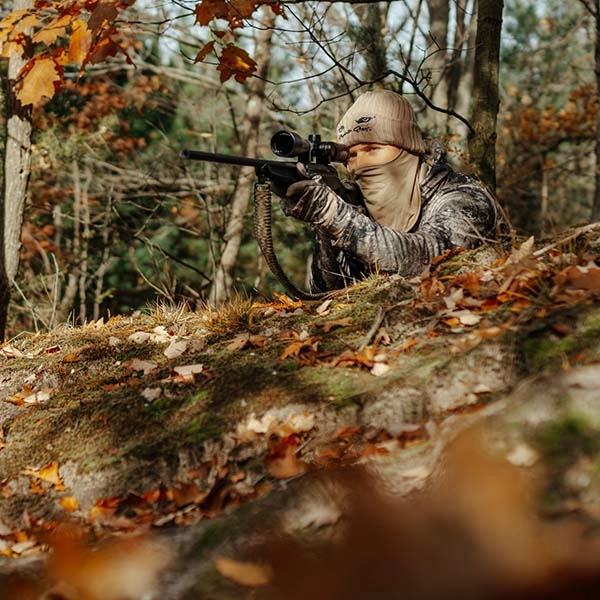
Proper Calling Sequences
On my typical post-deer season setup, I begin my calling sequence with three to four howls near the area where I know coyotes have been feeding. By howling, I introduce the presence of another coyote in the area. After a few minutes of silence, I play the sound of coyotes fighting or a pup-in-distress sound. Using this sound sequence, a coyote thinks that an adversary has slipped in near their food and is fighting or has been injured by another coyote. The territorial traits of a coyote kick in and trigger them to respond either to defend their territory or be a spectator of the ongoing fight—either sound results in coyotes traveling into close range, providing the hunter with a shot opportunity.
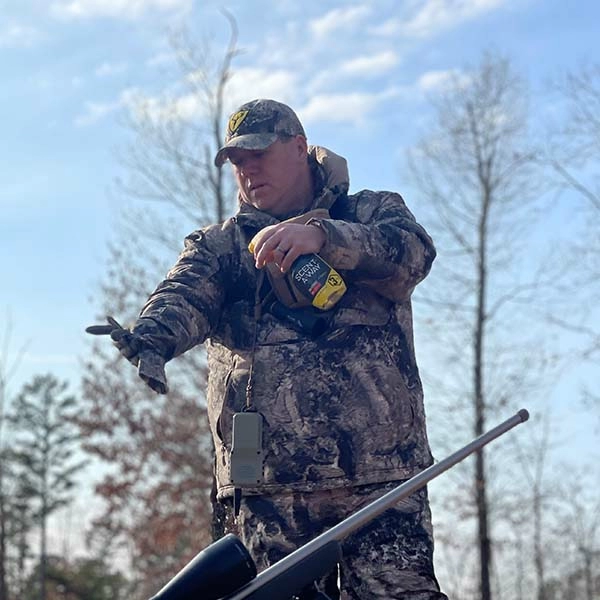
One of the main factors for coyote sightings becoming scarce post-deer season is the pressure of seeing hunters in their home range. The leading cause of coyotes feeling pressured out of the area or for them becoming less responsive is the increased human scent that deer hunters have left behind.
Predator hunters should become more aware of their scent when trying to lure coyotes to a call. Predator callers should try to wear scent-controlling garments such as the Predator Quest Stealth Fleece Hoodie from Blocker Outdoors. The Stealth Fleece hoodie is made with Blockers S3 Silver Antimicrobial Technology that helps prevent human odor by allowing silver ions to bind and penetrate the surface of odor-causing bacteria, which keeps garments scent-free longer.
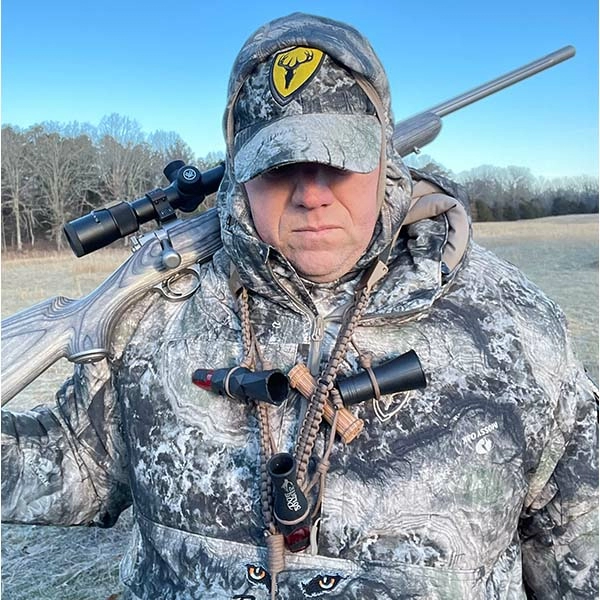
Details are essential when trying to stay scent-free from a coyote’s nose. When fighting the battle against a K9’s nose, hunters should always hunt with the wind in their favor by hunting downwind or with a crosswind. As an extra effort, hunters should also dress in the field moments before hunting to prevent unwanted odors on clothing and spray down the entire body and gear with a scent-eliminating spray to destroy any remaining odors. When coyotes are on high alert for human odor, the hunter needs to begin each hunt as scent-free as possible.
